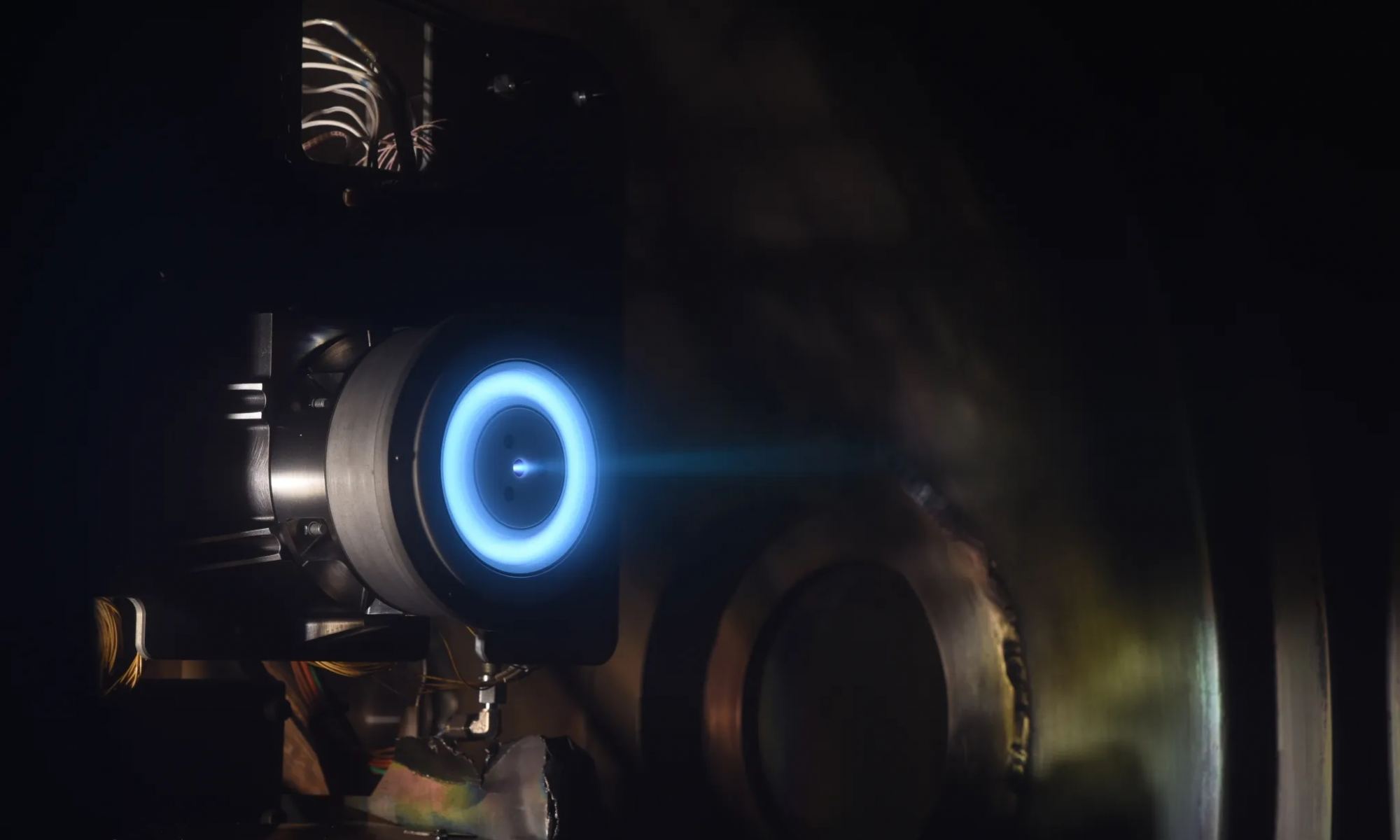During the Space Race, scientists in both the United States and the Soviet Union investigated the concept of ion propulsion. Like many early Space Age proposals, the concept was originally explored by luminaries like Konstantin Tsiolkovsky and Hermann Oberth – two of the “forefathers of rocketry.” Since then, the technology has been validated repeatedly by missions like the Deep Space-1 (DS-1) technology demonstrator, the ESA’s Smart-1 lunar orbiter, JAXA’s Hayabusa and Hayabysa 2 satellites, and NASA’s Dawn mission.
Looking to the future of space exploration, researchers at the NASA Glenn Research Center (GRC) have been busy developing a next-generation ion engine that combines extreme fuel efficiency with high acceleration. These efforts have led to the NASA-H71M sub-kilowatt Hall-effect thruster, a small spacecraft electric propulsion (SSEP) system that will enable new types of planetary science missions. With the help of commercial partners like SpaceLogistics, this thruster will also be used to extend the lifetimes of spacecraft that are already in orbit.
Continue reading “Next Generation Ion Engines Will Be Extremely Powerful”
